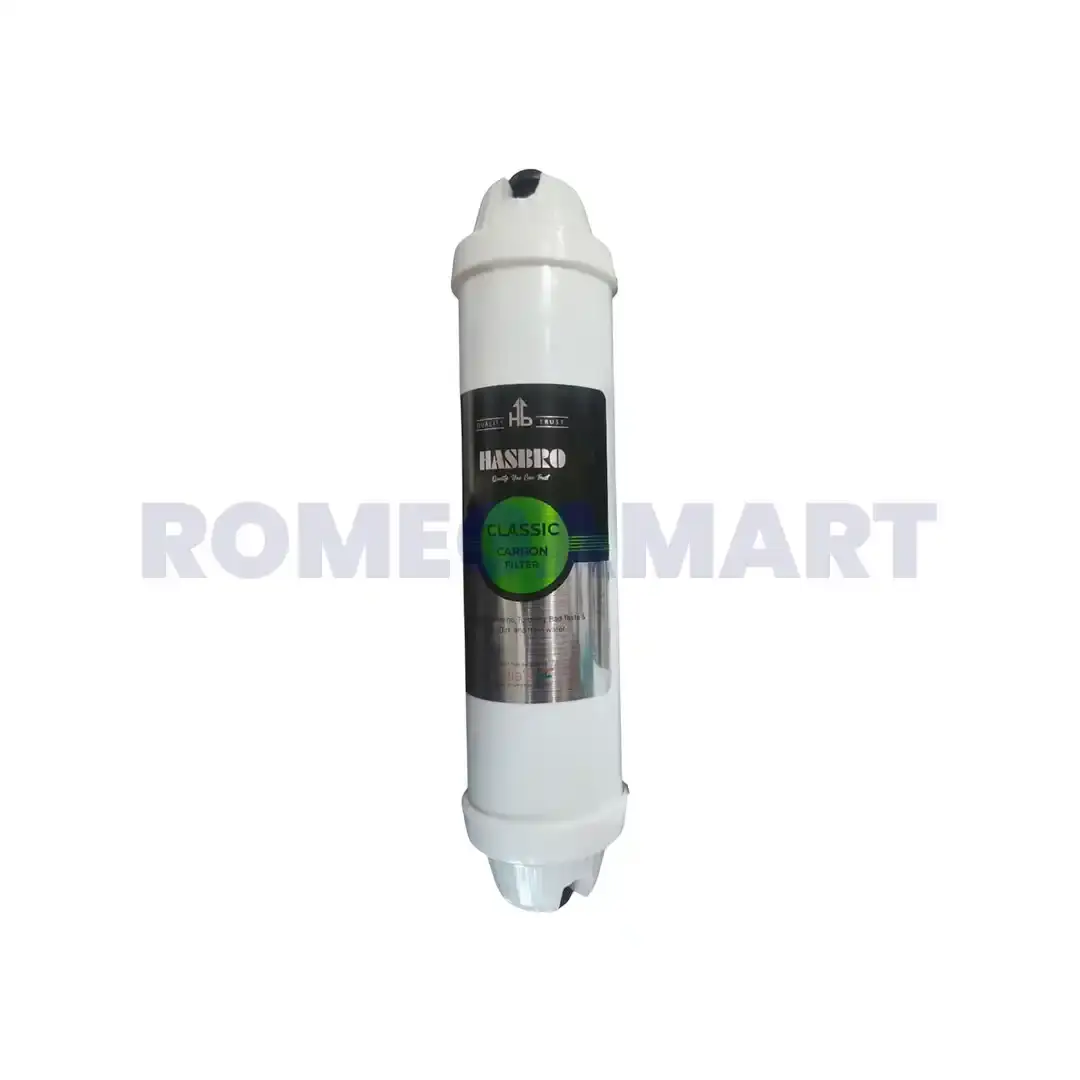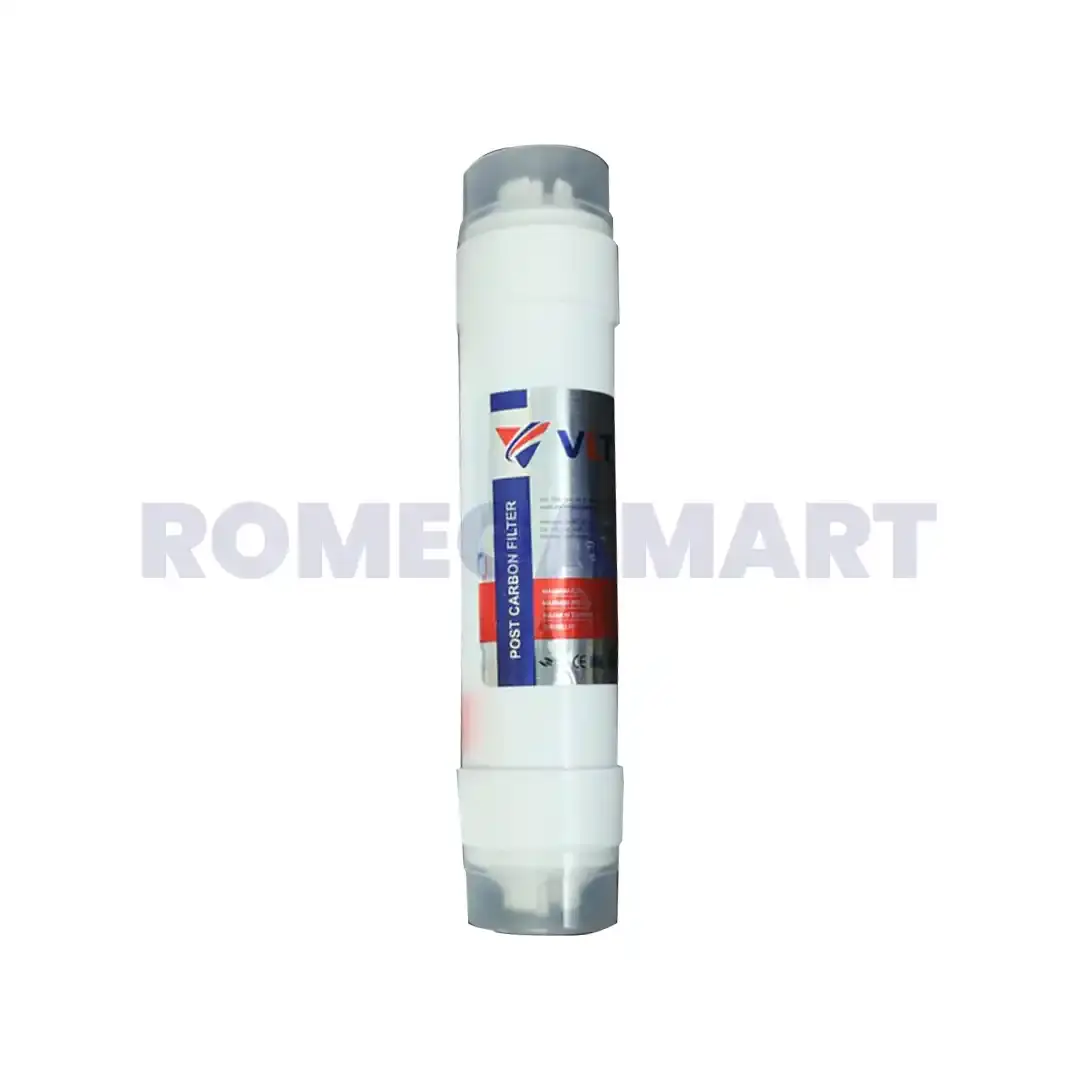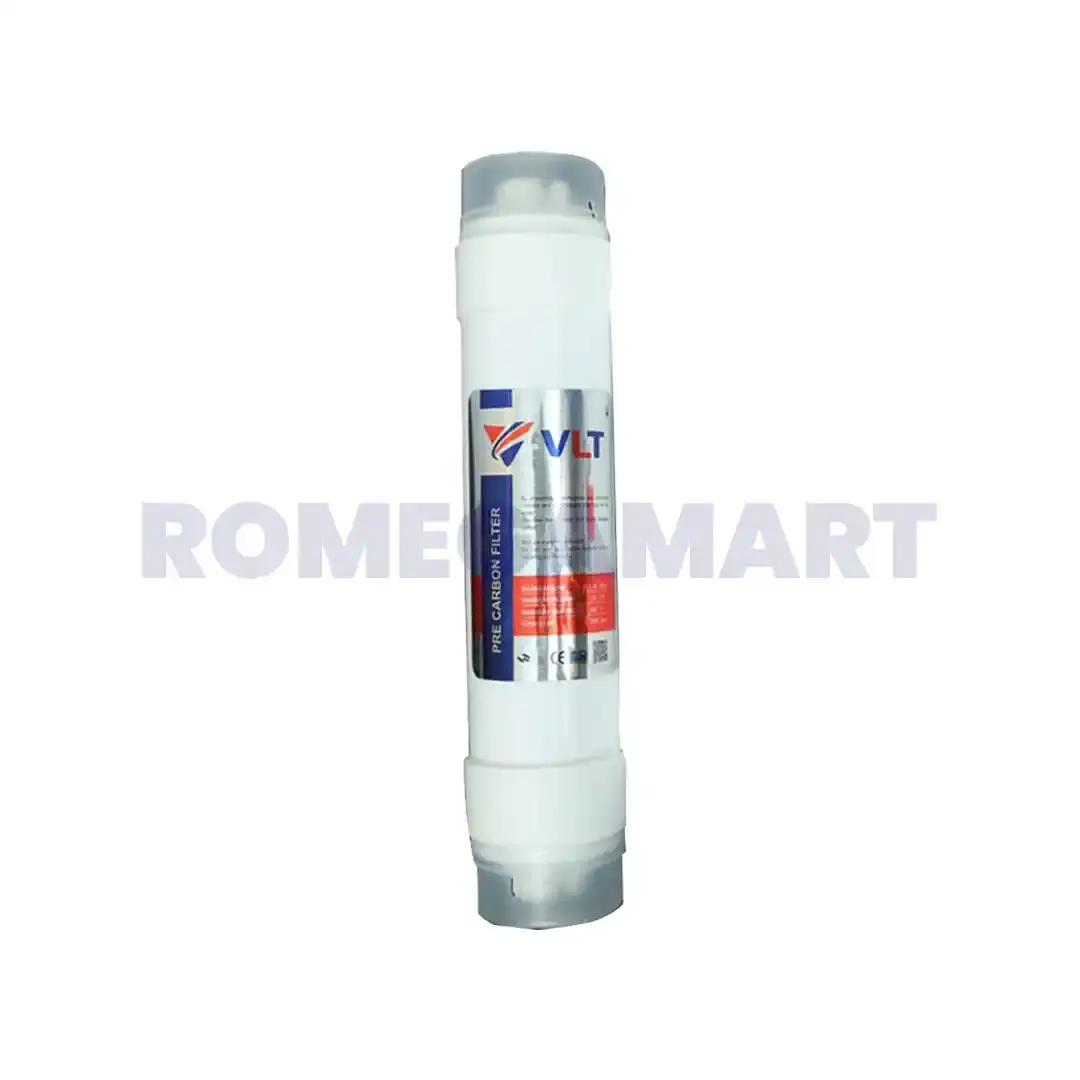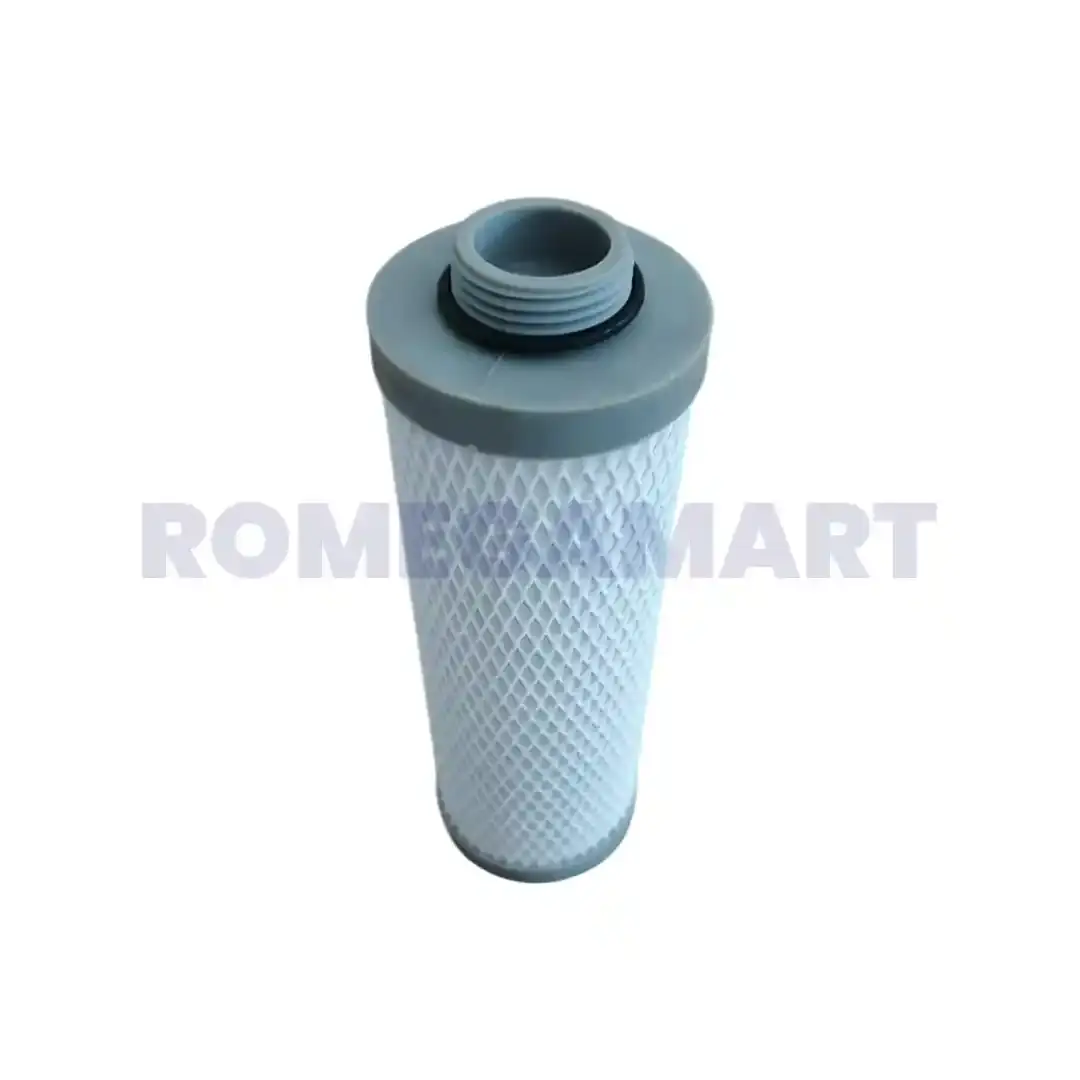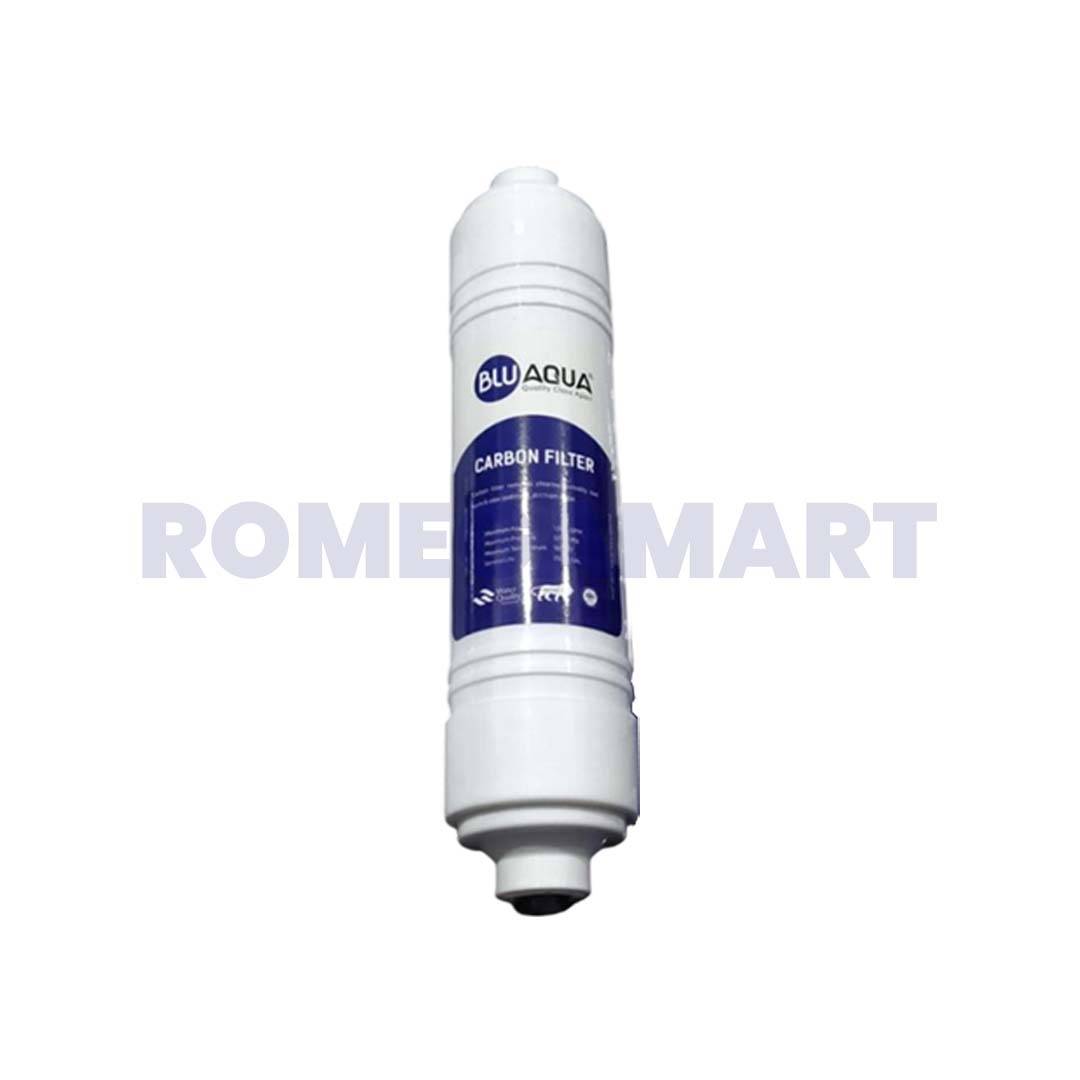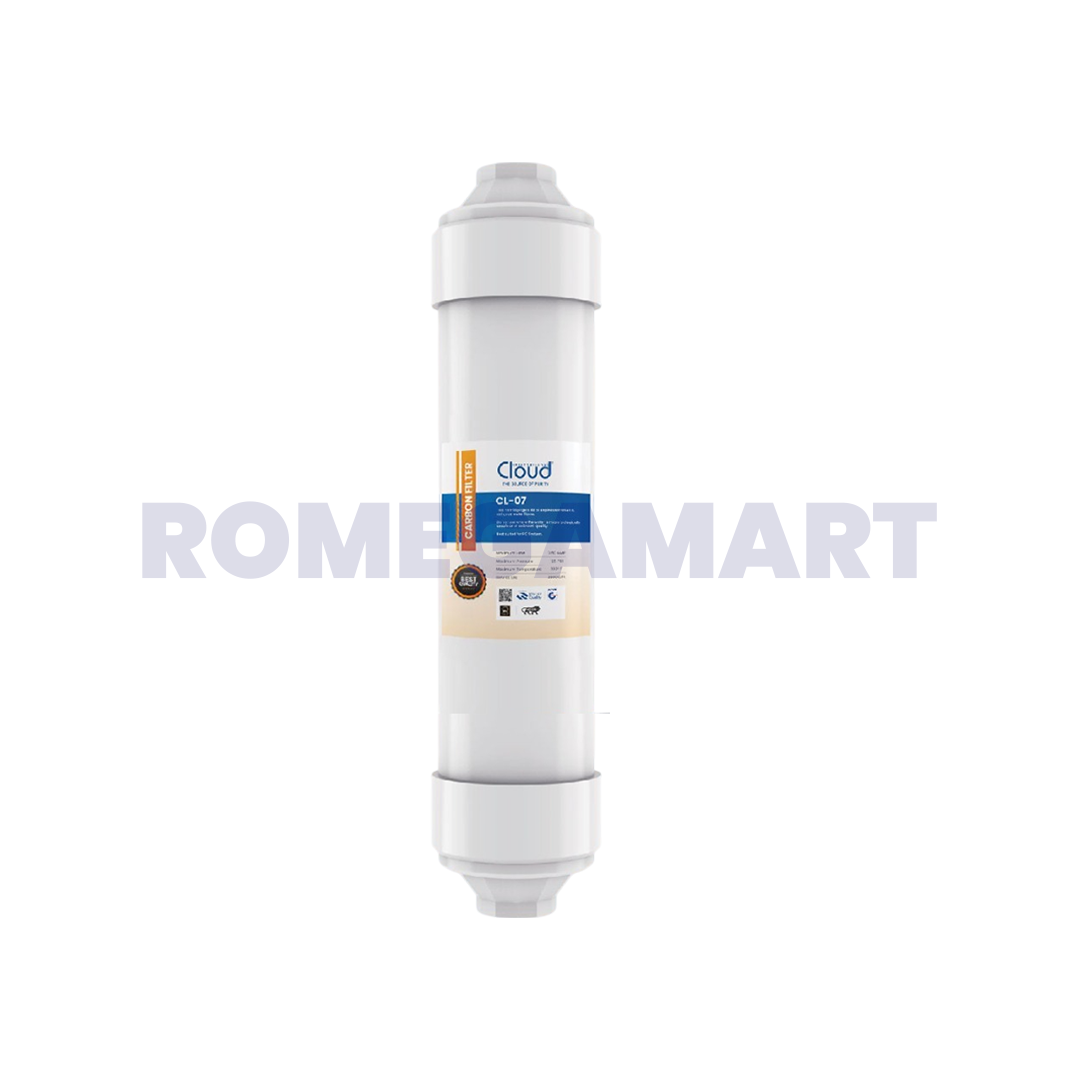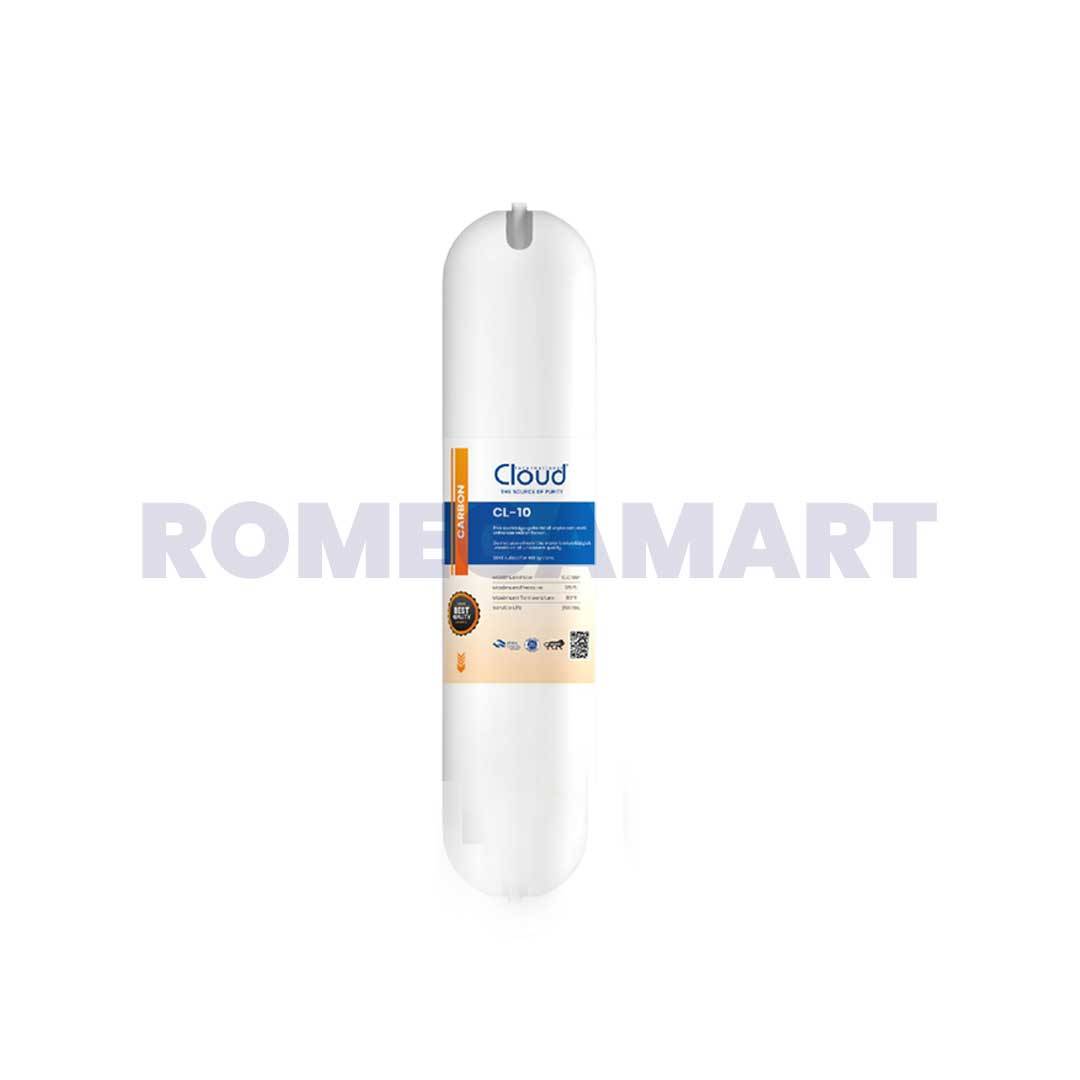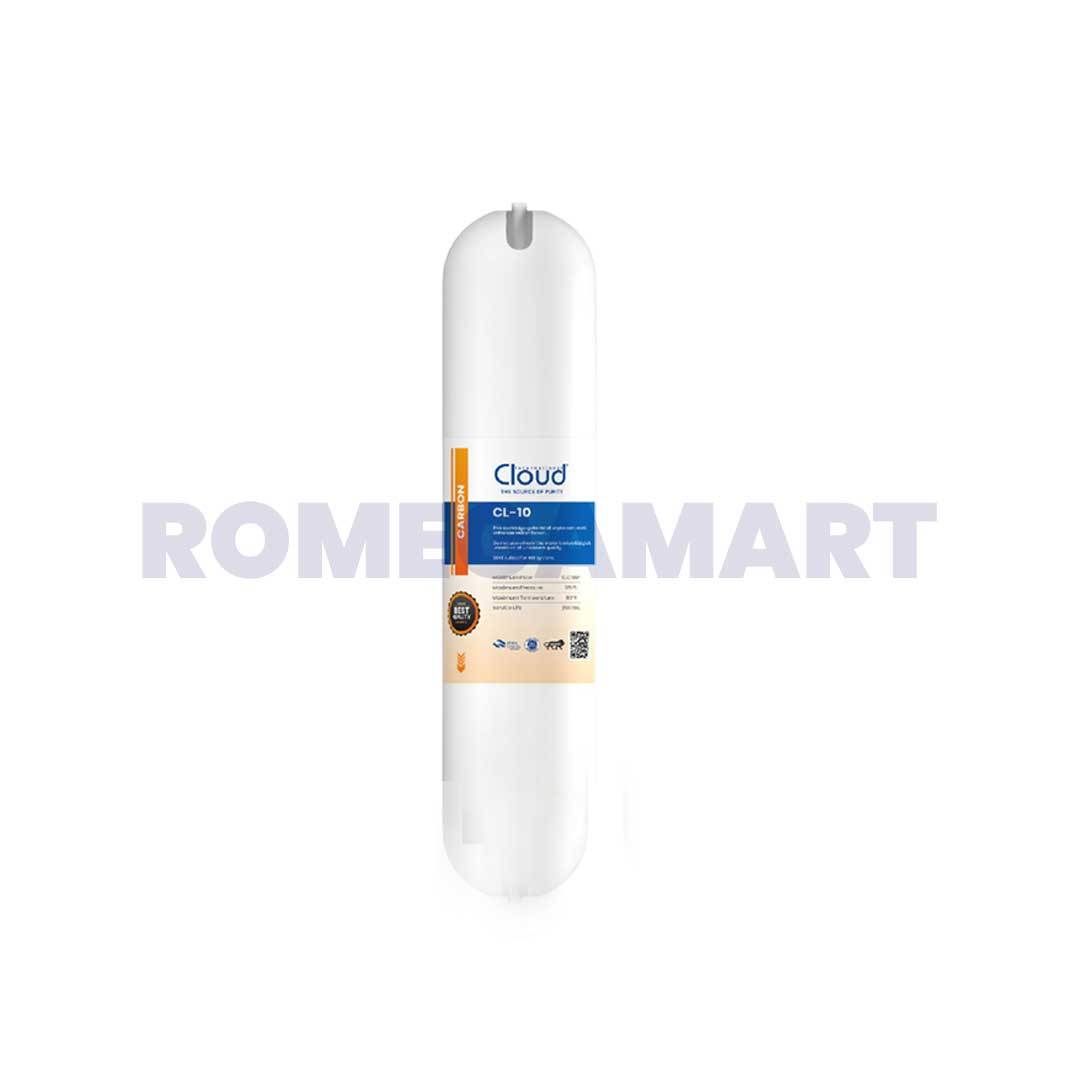Carbon Filters -
Carbon Filter: Complete Guide to How It Works, Benefits, and Price
Fact: The Environmental Protection Agency (EPA) notes that activated carbon filters can remove up to 99% of volatile organic compounds (VOCs), chlorine, and odors from air and water — making them one of the most effective filtration technologies available.
Clean air and water are essentials of healthy living. Whether you’re upgrading your water purification system or improving indoor air quality, carbon filters play a crucial role. This comprehensive guide explains how carbon filters work, their types, uses, benefits, and current market prices.
What Is a Carbon Filter and How Does It Work?
A carbon filter is a purification device that uses activated carbon to remove contaminants, odors, and chemicals from air or water. The process that makes this possible is adsorption — a reaction in which pollutants stick to the surface of carbon particles.
When air or water passes through a carbon filter, impurities such as chlorine, gases, and organic compounds attach to the carbon’s microscopic pores, leaving behind cleaner, fresher air or water.
The Science Behind Adsorption
Unlike absorption, adsorption takes place on the surface of the material. A single gram of activated carbon can have more than 3,000 square meters of surface area, allowing it to trap a vast range of contaminants efficiently.
Activated Carbon Explained
Activated carbon is made by heating carbon-rich materials such as coconut shells or coal in a controlled environment. This process creates a porous structure with exceptional adsorptive power, perfect for trapping gases and chemicals.
Types of Carbon Filters
Carbon filters come in several types, each suited for specific applications.
1. Granular Activated Carbon (GAC) Filters
GAC filters use loose carbon granules that allow easy flow and quick adsorption. They are widely used in carbon water filters for household and industrial water treatment systems.
2. Carbon Block Filters
These filters compress activated carbon into a solid block, increasing contact time and filtration efficiency. Carbon block filters are commonly used for drinking water purification systems.
3. Impregnated and Catalytic Carbon Filters
Impregnated filters are enhanced with substances that improve their ability to remove specific pollutants such as hydrogen sulfide or mercury. Catalytic carbon filters are particularly effective for removing chloramines and industrial gases.
Applications of Carbon Filters
Carbon filters are used across a wide range of industries and household systems.
Carbon Water Filters
A carbon water filter removes chlorine, pesticides, herbicides, and other chemicals that affect taste and safety. It’s commonly found in kitchen sinks, refrigerators, and whole-house water systems. By eliminating harmful byproducts and chlorine, carbon filters make water cleaner, safer, and better tasting.
Carbon Filters in Air Purification
Activated carbon filters are essential in air purifiers, HVAC systems, and industrial ventilation. They trap gases and odors from smoke, paint, and other chemical sources, complementing HEPA filters that remove solid particles.
Industrial and Commercial Applications
Industries use carbon filters to manage emissions and reduce pollutants. They’re standard in chemical plants, laboratories, and wastewater facilities to remove toxic compounds and meet environmental regulations.
Benefits of Using Carbon Filters
1. High Purification Efficiency
Carbon filters effectively remove chlorine, VOCs, and odors from air and water, significantly improving quality and safety.
2. Environmental Sustainability
Many filters use coconut-shell carbon, a renewable material. Some industrial systems can even reactivate used carbon, reducing waste.
3. Enhanced Taste and Odor
In water systems, carbon filters improve taste by eliminating chlorine and sulfur. In air systems, they neutralize unpleasant odors and chemical fumes.
4. Cost-Effective Filtration
Carbon filters are affordable and easy to maintain, offering high performance without complex installation or costly maintenance schedules.
Limitations and Maintenance Tips
While carbon filters offer excellent performance, they require periodic replacement.
-
Lifespan: Most filters last between 3–6 months. Once pores fill up, the filter stops adsorbing contaminants.
-
Bacterial Growth: Standing water inside unused filters can promote bacterial buildup.
-
Limited Range: Carbon filters do not remove heavy metals or dissolved minerals unless paired with additional filtration systems.
Maintenance Tip: Replace filters regularly according to manufacturer guidelines and keep the housing clean to maintain efficiency.
How to Choose the Right Carbon Filter
For Air Purification
-
Choose filters designed for VOC and odor control.
-
Combine activated carbon with HEPA filters for maximum coverage.
-
Match the filter’s size and airflow capacity to your room or system.
For Water Filtration
-
Look for NSF/ANSI certification (Standard 42 for chlorine removal, Standard 53 for health-related contaminants).
-
Use carbon block filters for drinking water and GAC filters for whole-house systems.
Key Features to Check
-
Micron rating: Indicates particle size removed.
-
Activated carbon type: Coconut-shell carbon provides superior adsorption.
-
Filter capacity: Choose based on gallons filtered or hours of use.
Carbon Filter Price Guide (2025)
| Type | Application | Average Price Range (USD) |
|---|---|---|
| Granular Activated Carbon (GAC) | Water systems | $20 – $60 |
| Carbon Block Filter | Drinking water | $40 – $120 |
| Activated Carbon Filter | Air purifiers | $25 – $90 |
| Industrial Carbon Cartridge | Commercial use | $100 – $500+ |
| Whole-House Carbon Filter System | Residential/industrial | $300 – $1,000+ |
Tip: Higher-priced models often feature denser carbon material, greater lifespan, and improved efficiency, saving long-term costs.
Comparison: Carbon Filters vs. Other Filter Types
| Filter Type | Removes Particles | Removes Chemicals/Odors | Maintenance | Cost |
|---|---|---|---|---|
| HEPA Filter | Excellent | Poor | Moderate | Medium |
| Carbon Filter | Good | Excellent | Low | Low–Medium |
| Reverse Osmosis | Excellent | Excellent | High | High |
| UV Filter | Kills Microbes | None | Moderate | Medium |
Carbon filters strike the perfect balance between affordability and effectiveness, making them one of the most practical choices for homes and businesses.
Future of Carbon Filtration Technology
Innovations such as nanostructured carbon materials and biochar-based filters are increasing adsorption capacity while lowering environmental impact.
Smart filtration systems are also on the rise, featuring sensors that monitor usage and alert you when it’s time to replace the filter — helping reduce waste and improve air and water quality.
Frequently Asked Questions (FAQ)
Q1. How often should I replace my carbon filter?
Most filters need replacement every 3–6 months, depending on usage, water quality, or air pollution levels.
Q2. Do carbon filters remove bacteria?
Standard carbon filters do not kill bacteria. For microbiological safety, combine them with UV or RO filtration systems.
Q3. Can carbon filters be reused?
Household filters generally can’t be reused. Industrial carbon can sometimes be reactivated under controlled conditions.
Q4. What affects carbon filter prices?
Material quality, carbon density, and filter capacity are the main price factors. Branded or certified filters cost more but last longer.
Conclusion: Why Carbon Filters Are Essential for Modern Living
Carbon filters have become vital for maintaining clean air and safe drinking water. Their ability to capture chemicals, odors, and organic compounds makes them indispensable in homes, businesses, and industries.
Whether you’re installing a carbon water filter in your kitchen or an activated carbon system for air purification, understanding how they work and how much they cost helps ensure you choose the most efficient model for your needs.
Looking to find the right carbon filter for your home or business?
Compare leading brands, specifications, and the latest carbon filter prices to make a confident and cost-effective choice.













